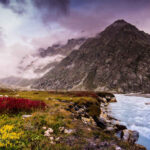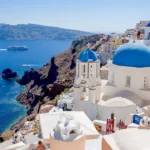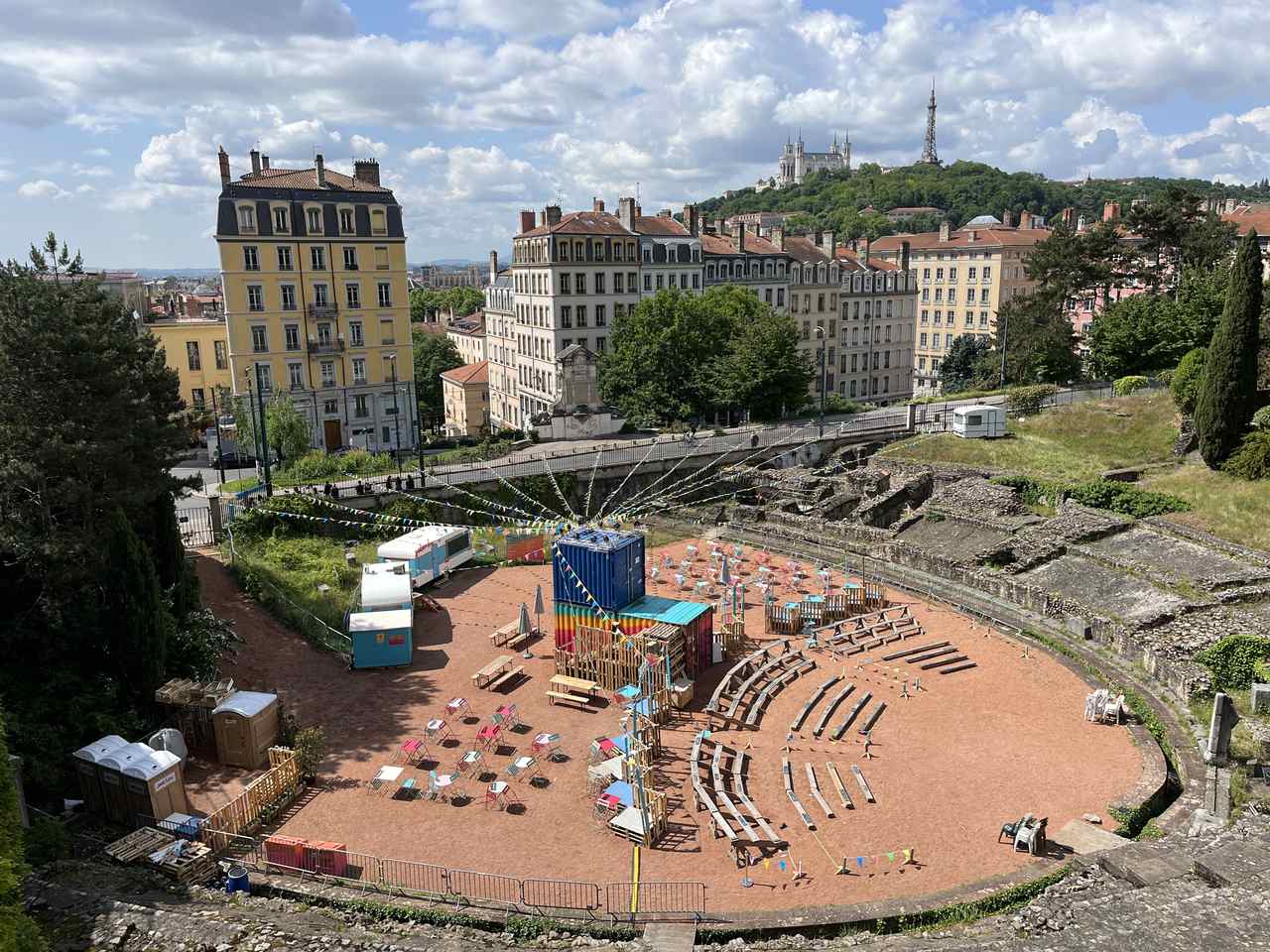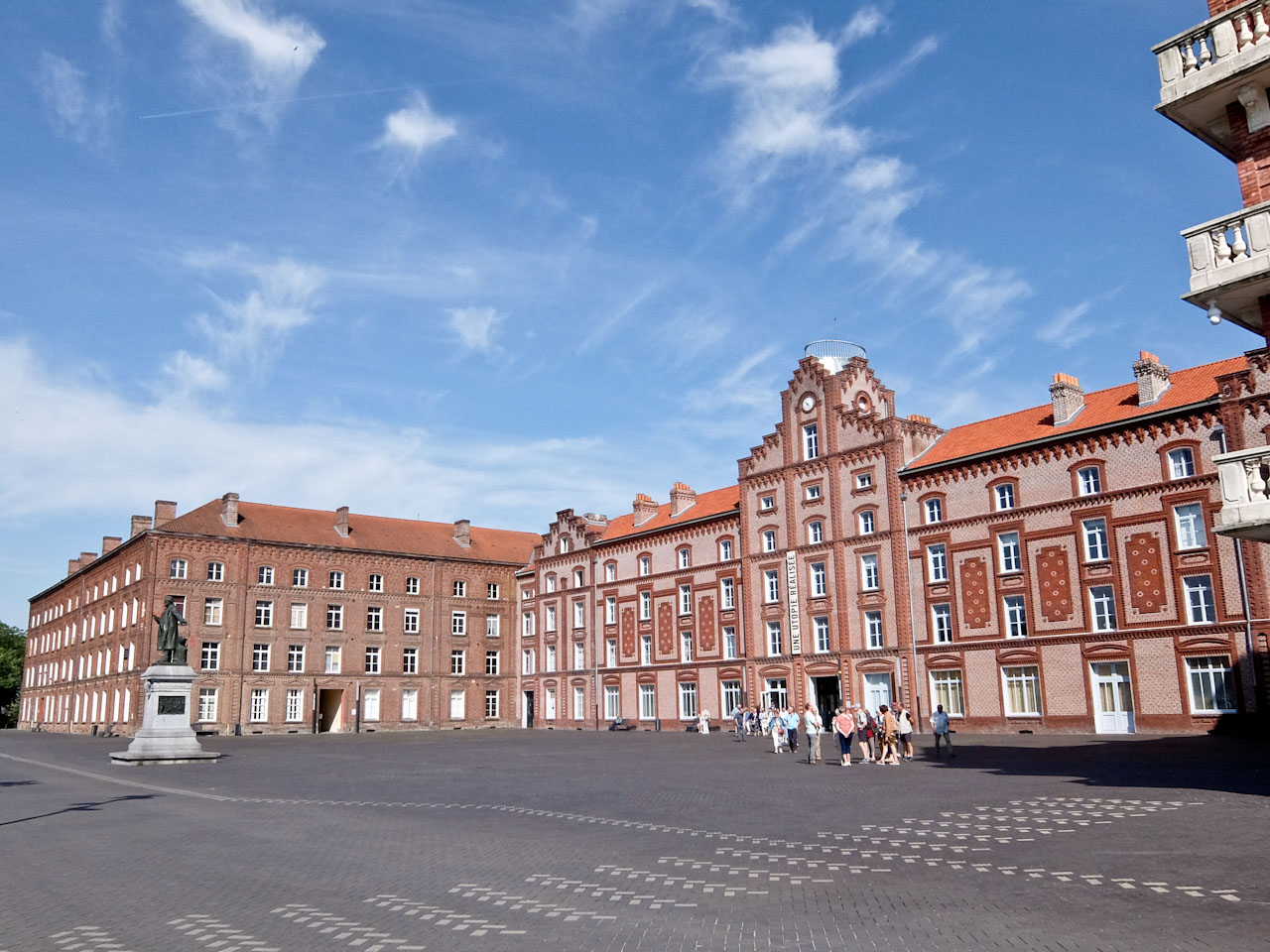Once one of the world’s largest inland seas, the Aral Sea Karakalpakstan is now a haunting yet captivating reminder of how human activity can reshape nature. Situated in northwestern Uzbekistan, in the autonomous Republic of Karakalpakstan, this vast body of water has been shrinking for decades, leaving behind an otherworldly landscape of abandoned ships, desert plains, and communities grappling with change.
For adventurous travelers, this is more than just a destination—it’s a living environmental story, a cultural crossroad, and a stark lesson about our planet’s fragility. While much of the sea has disappeared, what remains offers a unique and powerful travel experience. Here are five compelling reasons to visit the Aral Sea Karakalpakstan before it’s gone forever.
Table of Contents
1. Witness a Vanishing Natural Wonder
The Aral Sea Karakalpakstan was once a thriving oasis, supporting fishing towns, wildlife, and a bustling trade route. Today, much of the sea’s bed has turned into the Aralkum Desert. Standing on its shores, you see a surreal panorama—vast stretches of cracked earth, rusting boats stranded miles from the current waterline, and wind-blown sand replacing the once-blue waves.
This is not just sightseeing; it’s an encounter with history in motion. Every gust of wind and every shifting dune tells the story of how large-scale irrigation projects diverted the rivers feeding the Aral, leading to one of the most dramatic environmental changes in modern times. Walking here is both humbling and thought-provoking—a chance to witness climate change and human mismanagement on a scale few places can illustrate.
2. Explore the Ghost Town of Moynaq
No trip to the Aral Sea Karakalpakstan is complete without visiting Moynaq, once a thriving fishing port on the sea’s southern shore. Decades ago, its docks bustled with fishermen unloading their catch. Today, the sea is more than 100 kilometers away, and the harbor has been replaced by sand and silence.
The famous Ship Graveyard of Moynaq is the town’s most photographed site—rows of rusting fishing vessels sitting on the dry seabed, their hulls slowly disintegrating under the sun. These skeletal remains are a stark reminder of what was lost.
In town, the Moynaq Museum of the Aral Sea offers a poignant look into the region’s past, featuring photographs, fishing equipment, and exhibits explaining the environmental disaster. Despite the hardships, the people of Moynaq remain resilient, and visiting supports their efforts to keep their history alive.
3. Discover Karakalpak Culture in Nukus
The Aral Sea Karakalpakstan region is not only about environmental history—it’s also rich in cultural heritage. The capital city, Nukus, is a must-visit for anyone traveling in this part of Uzbekistan. Often referred to as the “Louvre of the Steppe,” the Savitsky State Museum of Art houses one of the world’s most important collections of Soviet avant-garde art, much of it preserved from destruction during the Soviet era.
Beyond the museum, Nukus offers a window into Karakalpak traditions, crafts, and cuisine. From intricate handwoven carpets to local dishes like shurpa (hearty lamb soup) and fish specialties (a rarity given the sea’s decline), the city provides a deeper understanding of the people who have adapted to one of the harshest environmental transformations in history.
4. Adventure into the Ustyurt Plateau and Aralkum Desert
For those with a taste for adventure, the receding Aral Sea Karakalpakstan has revealed landscapes that are as beautiful as they are remote. The newly formed Aralkum Desert, created from the dried seabed, offers a rugged playground for explorers. Guided off-road tours can take you across the sand to see rusted ships, ancient petroglyphs, and vast, untouched wilderness.
The Ustyurt Plateau, stretching across Uzbekistan, Kazakhstan, and Turkmenistan, is another highlight. Its towering cliffs, dramatic canyons, and expansive steppe views are perfect for photographers and nature lovers. Wildlife still thrives here, from desert foxes to rare birds, and the sunsets are unforgettable—painting the land in shades of gold, orange, and deep purple.
5. Support Local Communities and Sustainable Tourism
The shrinking of the Aral Sea Karakalpakstan has had profound effects on local communities, many of which depended on fishing and agriculture. Today, sustainable tourism offers a way to generate income and preserve heritage.
Eco-tours, cultural exchanges, and community-run guesthouses are emerging across the region. By visiting, you directly contribute to the local economy, help preserve traditions, and raise awareness about environmental issues. Some tour operators also partner with NGOs working to improve water management and rehabilitate the land, giving your trip a deeper purpose.
Travel Tips for Visiting the Aral Sea Karakalpakstan
- Best Time to Visit: Spring (April–May) and autumn (September–October) offer mild temperatures, making exploration more comfortable.
- Getting There: Most visitors start in Nukus, which is accessible via domestic flights from Tashkent or by train and bus. From Nukus, guided tours can take you to Moynaq and the surrounding desert.
- Accommodation: Options range from basic hotels in Moynaq to more comfortable stays in Nukus. Some tours include camping in the desert for a truly immersive experience.
- Tours: Guided tours are strongly recommended, as they provide access to remote areas and historical context for the sites you’ll visit.
- What to Pack: Sturdy walking shoes, sun protection, layered clothing for changing temperatures, and a camera to capture the unique scenery.
Final Thoughts
The Aral Sea Karakalpakstan is unlike any other destination in the world. It’s a place where environmental history, cultural resilience, and stark beauty intersect. While its story is tragic—a warning about the consequences of unchecked human intervention—it’s also inspiring, showing how communities adapt and find new ways to thrive.
Visiting the Aral Sea is not just about ticking off a bucket-list location; it’s about standing in a place that challenges you to think about our planet’s future. It’s about hearing the silence of a vanished sea, walking where waves once lapped, and understanding that nature’s balance is both fragile and precious.
If you want a journey that moves you as much as it amazes you, go to the Aral Sea Karakalpakstan now—before it’s gone forever.










